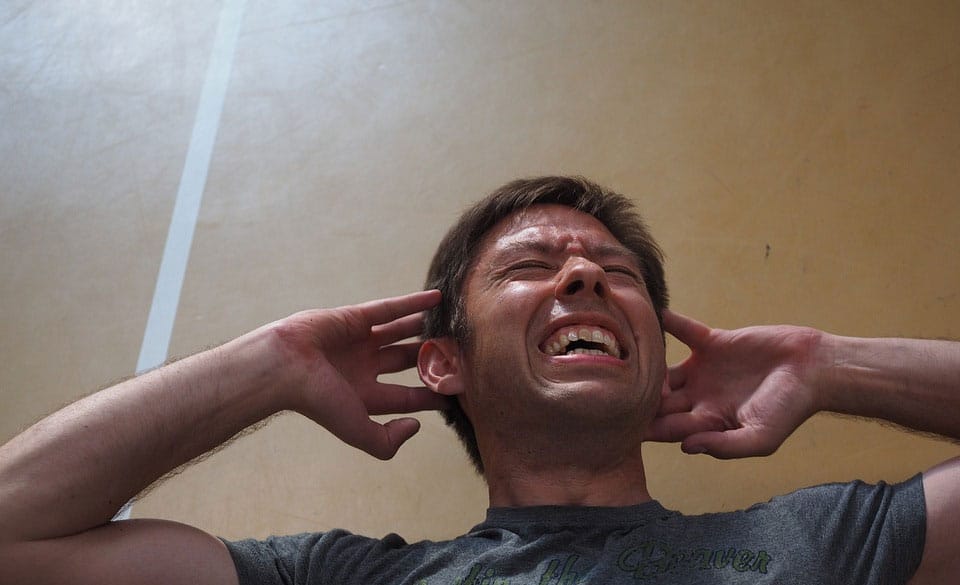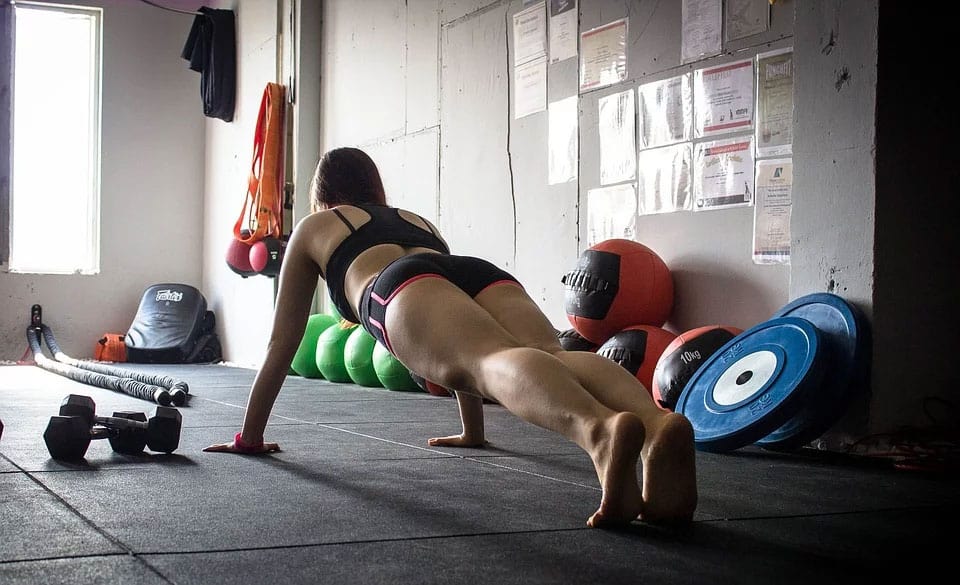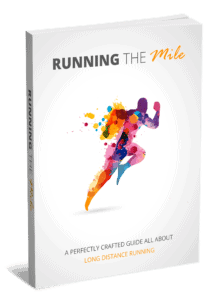
Core Workouts For Runners – Core Muscles And Core Stability Exercises
Page Contents
One of the great things about running is that anybody can do it. All you need is a good pair of running shoes and off you go. You can be happy with the efforts you are putting in will make you a stronger, fitter, leaner, healthier person. The best bit of all is that running is all about the legs. They will get stronger the more you exercise them.
You might think there is no need for any other kind of muscular strength training at all, right? Wrong!
Your core muscles, not just abdominals, but lower trunk musculature play a vital role in helping you maintain correct posture and optimal running form. Without regular core workouts for runners, you can be inviting injuries as other muscle groups do their best to compensate..
Core Muscles And Core Stability Exercises
Our core muscles are far more than just that magical six-pack that people often crave. Getting ripped abdominals and a pronounced six-pack does not mean you have achieved proper core stability. It is the deeper muscles that need strengthening. These include the transverse abdominis, external obliques, multifidus, and pelvic floor muscles. All of which brings stability to the spine and help with good posture.
So if you are having difficulties running for prolonged periods because your lower back starts aching, consider whether you have a strong enough core. If you are sitting in an office job all day long, include strengthening exercises in your routine at least twice a week.
Developing core strength will provide you with a better general posture and improved running form. These all-important structures play a vital role in connecting our upper and lower bodies. They act as a power generator, enabling the legs to run with strength and speed.
In many martial arts, it is the lower torso (in Chinese martial arts called the dantien) which is believed to create the body’s power. Neglecting it as runners will mean running is more of a challenge than it needs to be. In the worst-case scenario, other muscles take over the role which the core normally takes. Leading to overuse injuries and frustrating breaks from training.
If you are going to embark on a core workout regime, it must involve exercises to strengthen the deep abdominal muscles mentioned above, but also the muscles of the lower back and the glutes. These all play their part in attaining perfect and efficient running form.

Core Workouts For The Runner
Here are a few of the best core strength training exercises for beginners. This is an area that most runners neglect. If you have come off an injury now is a good time to get the body right for running again.
Bridge Exercise
The Bridge exercise is essentially a strengthening drill for your gluteal muscles.
Many people do not realize that the glutes are important for running. Often this is because when they run, they are not recruiting this set of muscles. The problem is that failure to use them means you compensate by using others, such as the hamstrings, which can then get injured unnecessarily.
The Exercise – Lie on your back with a neutral spine, which means that you do not want to flatten your back completely against the floor or mat, and also should not arch your lower spine. Just lie in a relaxed state, with your knees and feet aligned and shoulder-width apart. The knees should be bent and feet flat on the floor.
Put your arms out to the sides for balance, and then activate your core by pulling your belly button in towards the spine and contracting the muscles of the butt (the glutes).
To perform the exercise, lift your hips off the floor and form a straight line from your knees to hips to lower back. Keep your shoulders on the floor, and do not overextend, otherwise you will be arching your lower back.
Keep breathing normally and hold for 10-30 seconds. Then slowly lower yourself back to the floor.
Start with 3 sets of 10 repetitions, as long as you can do so without losing form.
Use your senses to feel where the muscles are working; if you feel tightness in the lower back, you have probably stretched too far and will need to lower your back and stop arching. Tightness in the hamstrings often means you have fatigued your glutes (and the hamstrings have taken over). In this case, it is time for a break.
Abdominal Crunch
The abdominal crunch is an exercise that lots of people know and perform either on the floor or on an exercise ball.
The basic crunch is different from a sit-up in that the back does not leave the floor when it is performed properly. There are some basic rules to follow which make the exercise more effective, and safer for you.
The Exercise – Lie on the floor and ensure you are relaxed as for the Bridge Exercise described previously. This means having a neutral back, with no arching and no straining to flatten the entire back into the floor. Again, the knees are bent with feet flat on the ground, about a hip-width apart.
Put your hands behind your neck and engage your core, by pulling in the belly button towards the spine and by lifting the pelvic floor muscles. Continue breathing normally. Then prepare by inhaling; as you exhale pull yourself up using your abdominals so that just your head and shoulders leave the floor.
Do not pull with your arms or let your neck slip out of alignment as this will damage your neck. To prevent neck movement, always make sure there is a gap between your chin and chest of about the same width as your fist.
Remember to breathe: inhale to prepare, exhale on the way up, and inhale on the way back down. And do not allow your back to compress into the floor while doing this exercise, otherwise, you are utilizing the back muscles rather than the abdominals.
Bicycle Crunch
The Bicycle Crunch exercise is a more advanced form of the Leg-Raise Crunch.
The same basic rules apply, but the shoulders are held off the ground with the core muscles activated throughout the routine. You then need to bring your left elbow to the right knee, followed by the right elbow to the left knee and repeat.
Plank And Side Plank Exercises For Runners
The previous exercises are great for strengthening your core muscles using dynamic techniques. The Plank and Side Plank are also very effective for increasing core stability but are more static in nature, relying on activating the core muscles while holding balancing positions.
The great thing about both of these is that they give all the muscles of your trunk a fantastic overall workout.
The Exercise – For the front plank, you should lie face down, resting on your forearms and toes, and with your body in a completely straight line.
Make sure you do not drop your hips or belly towards the floor, as this will place stress on your lower back. Also, try not to cheat by raising your butt above the straight-line position.
You might have to cheat just a little if you are feeling any achiness in your back, but if you get any unexpected pain, stop doing the exercise, and get yourself checked out by a medical professional to make sure you do not have any underlying back injuries or problems.
Hold the Plank position, starting with a 60-second hold for beginners, and then gradually increasing the length of time as you improve.
Make sure you activate the core during the exercise, and that you breathe normally; do not hold your breath or you can end up raising your blood pressure and feeling dizzy.


Download Running the Mile for only 8usd
“A Know-all Short Report All About Long Distance Running”




